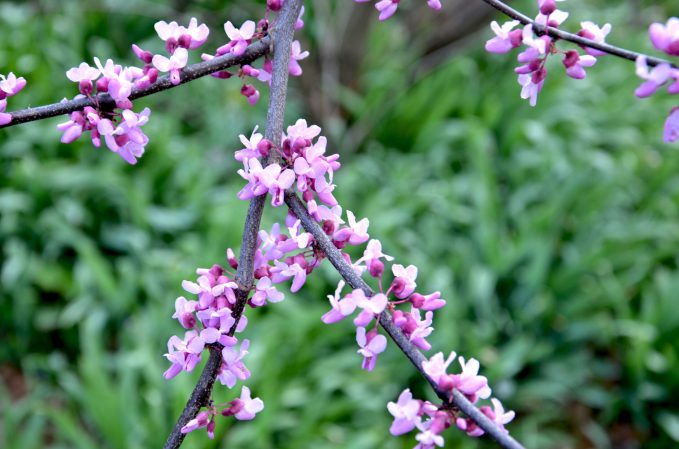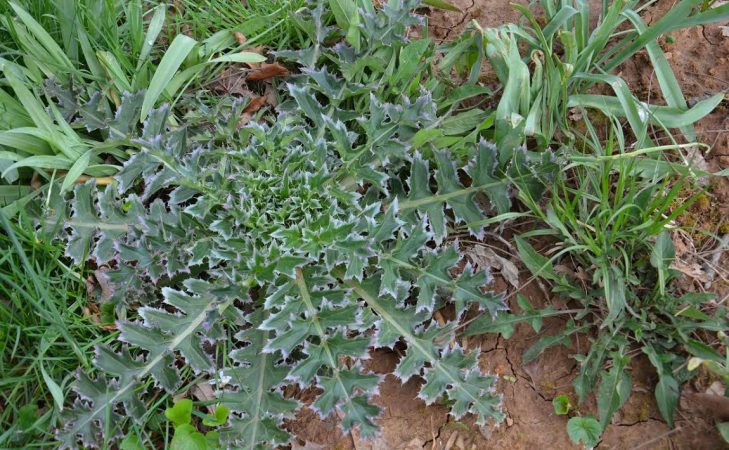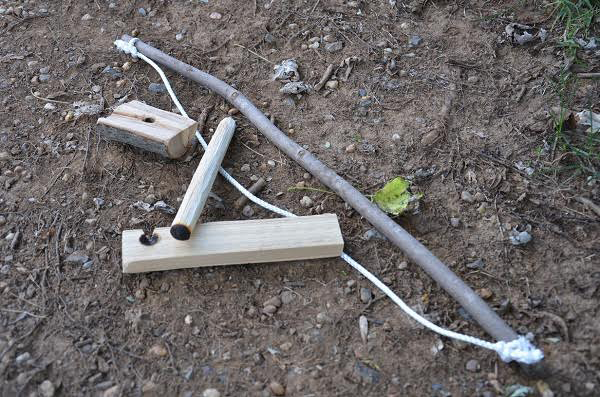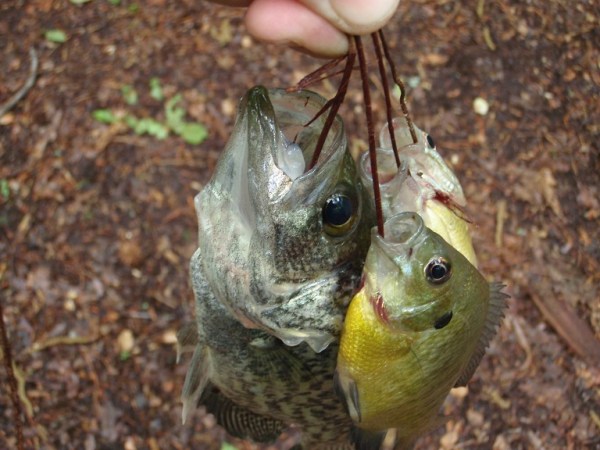
For those who live east of the Rockies, the pawpaw is a “must know” tree. It’s even a documented life saver. While on the Missouri river, Lewis and Clark’s expedition survived by eating pawpaw fruit for roughly two weeks of their famous trek. Clark wrote:
“By September 18 (1806), the party was within 150 miles of the settlements. It had run entirely out of provisions and trade goods… There were plenty of ripe plums, which the men called ‘pawpaws.’ Gathering a few bushels was the work of a few minutes only. The men told the captains ‘they could live very well on the pawpaws.'”
And pawpaw isn’t just a tree that yields food. I will also look for it if I run out of cord or rope. The fiber in the tree’s bark is strong and has been used for centuries by native folks to make baskets, fish nets, rope, and other fiber goods. The live bark can be peeled in the spring when the sap is up, or it can be peeled at any time from dead wood that is slightly rotten. The bark can be used as flat, ribbon-like strips; twisted slightly into a round cord; and even be woven into two-ply cordage.
I’ll also seek pawpaw if I need to make a friction fire set. The tree’s dead, dry wood is one of my go-to materials for friction fires, and I’ll use it for the drill, fire board, and bow. Occasionally, I’ll even use the bark fiber for a bow string and tinder when fabricating bow and drill equipment.
How do you identify this oddly utilitarian tree?
When the fruit is dangling from it, it’s easy to spot. It resembles a chubby, green banana, grows 6 to 10 inches long, and can hang individually or in small clusters. These fruits have colorful common names like false banana, hoosier banana, custard apple, and dog banana. The sweet, custard-like pulp tastes of banana, mango and honey; just don’t eat the seeds, which are not edible. Pawpaw fruit has 80 calories per cup, and is an excellent source of vitamin C. It also contains vitamin A, thiamine, riboflavin, and niacin. Similar to bananas, the pawpaw fruit is rich in potassium, calcium, phosphorus and iron. The trees start producing fruit when they reach 10 to 15 feet in height (they can grow to 30 to 40 feet). The leaves are large, broad, and toothless and smell like asphalt when bruised. Pawpaw trees favor shady areas and damp soil. River banks and floodplains are a great place to search for this useful tree.
Look for stubby banana-like fruits in August and September on trees near rivers in eastern Texas, Oklahoma, Nebraska, and most states to the east. Pick them when they are fragrant and almost mushy, but before they rot and turn dark.
Ever eaten pawpaw? Did you like it? Let us know what you thought in the comments.













